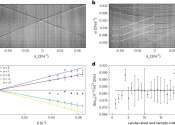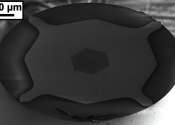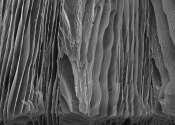Making light 'feel' a magnetic field like an electron would
Unlike electrons, particles of light are uncharged, so they do not respond to magnetic fields. Despite this, researchers have now experimentally made light effectively "feel" a magnetic field within a complicated structure ...









